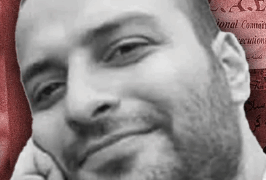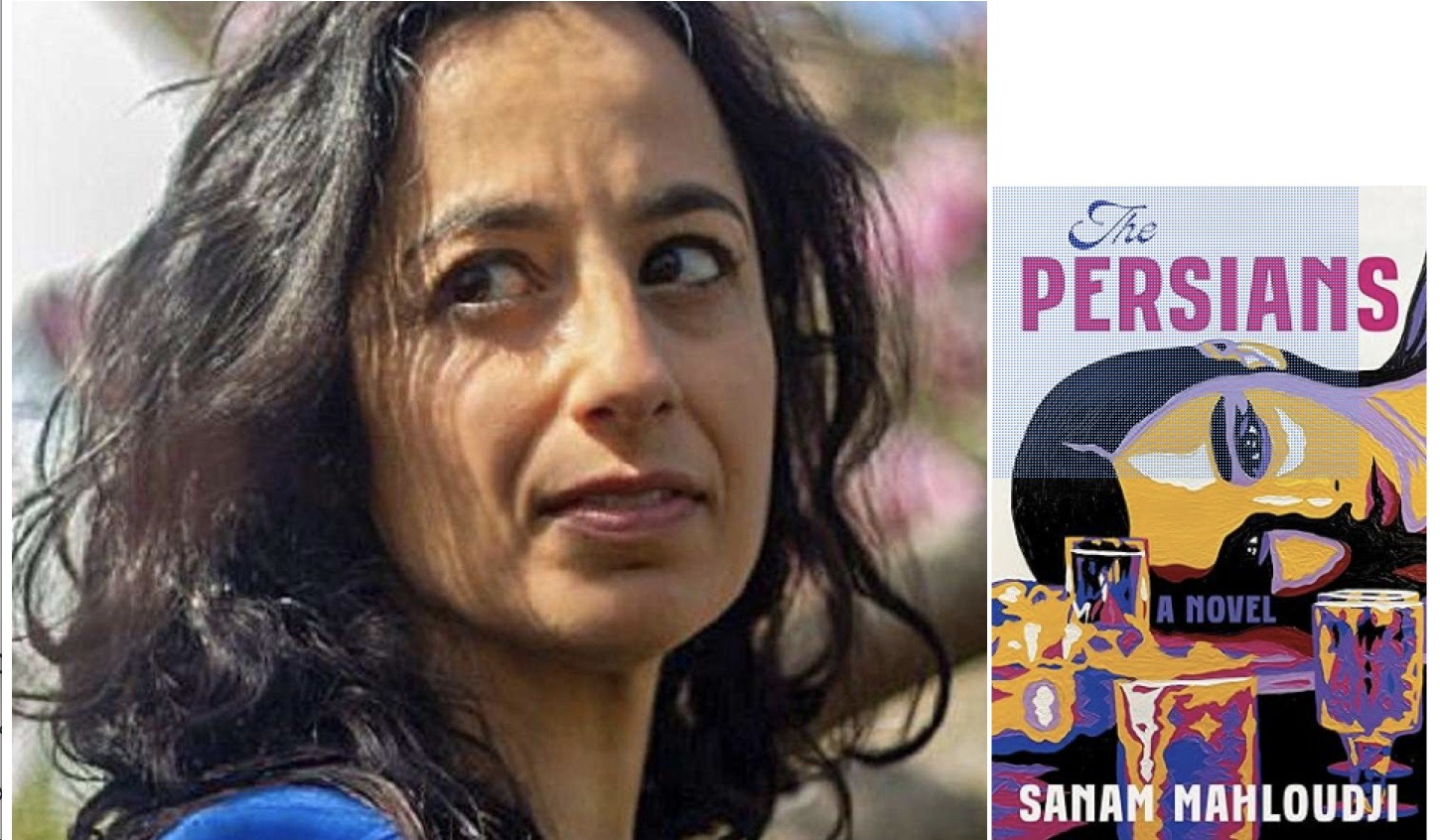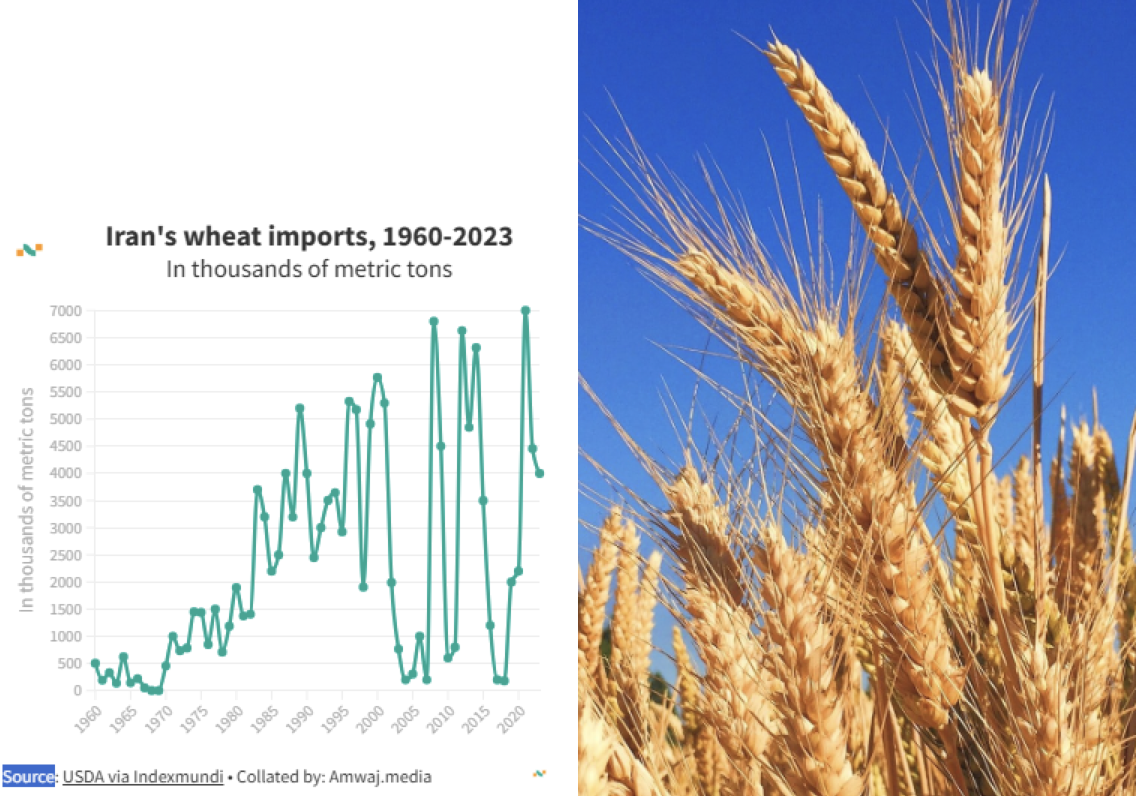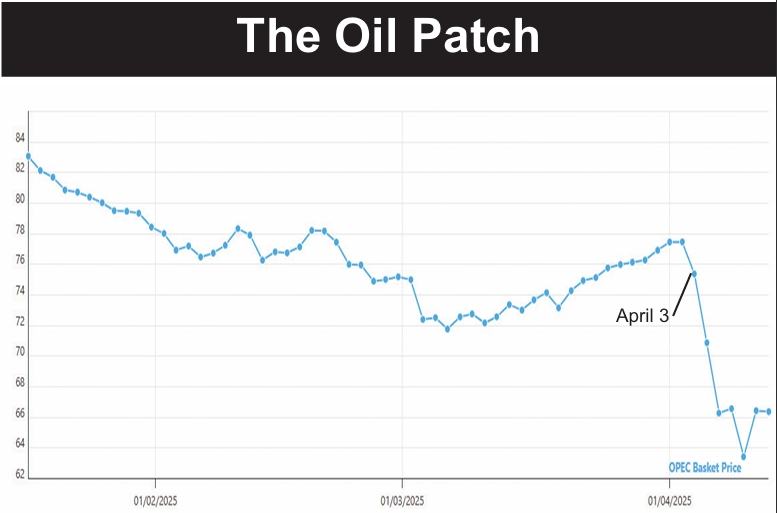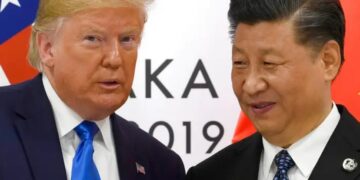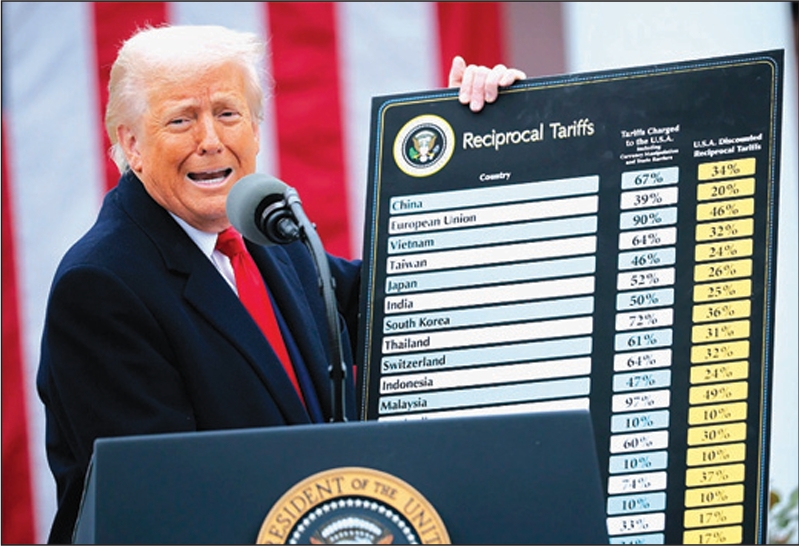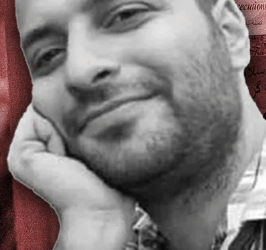made possible with domestic know-how. The announcements raised concerns among diplomats but failed to impress nuclear experts.
The regime made four major announcements: 1) that it had now opened its second uranium enrichment plant; 2) that it had installed 3,000 more centrifuges at the Natanz enrichment plant, boosting the total there by 50 percent; 3) that it has developed an entirely new centrifuge capable of producing three times as much enriched uranium as its old centrifuge; and 4) that it had installed Iran-made fuel rods in its Tehran reactor.
Iran opened its uranium enrichment facility at Fordo, a site that is dug into the belly of a mountain in an attempt to protect the plant from any Israeli or American aerial attacks.
Western diplomats told the Associated Press that while “electrical circuitry, piping and supporting equipment” for new centrifuges were already in place, Iran had not yet fully installed the new centrifuges. The diplomats said they could not tell when Iran would finally do that. The announcement, they said, was premature.
Iran also announced that it had installed about 3,000 domestically produced “new-generation” centrifuges at the older enrichment plant in Natanz. That marks a considerable upgrade of capacity at Natanz, which Iran said only had about 6,000 working centrifuges previously. However, the plant had about 8,000 centrifuges installed there, with 2,000 not spinning. So, it wasn’t clear if the Islamic Republic had installed 3,000 centrifuges or installed 1,000 and started operating another 2,000.
But the Natanz plant is deigned to hold 54,000 centrifuges, so the fact that it is only 17 percent full seven years after starting operations poses many questions.
And while Iran said the new centrifuges at Natanz were a “new generation,” it was not more specific as to what it meant by that.
State Department spokeswoman Victoria Nuland played down what Iran said was a “major” step forward in its nuclear program. Nuland said Iran had “hyped” the announcement in order to appeal to Iranian nationalism.
President Ahmadi-nejad also announced that Iran has now produced “fourth-generation” centrifuges that are able to enrich uranium at three times the speed of the current P-1 model.
A spokesman for the International Atomic Energy Agency (IAEA), the nuclear watchdog that monitors Iran’s nuclear progress, said the new announcement referred to the production of about 65 centrifuges of the IR-4 model, whose experimental prototypes Iran had earlier installed at Natanz for testing.
Sixty-five of the machines are not nearly enough to constitute an effective enrichment capacity, and Iran has been slow to expand the production of IR-4 centrifuges due to international sanctions on the procurement of parts.
But the fact that Iran is able to produce any of these new centrifuges means it is able to circumvent the sanctions or produce the required parts at home. Still, analysts say Iran probably is not be able to import or make the quantity of materials it needs to make centrifuges in the thousands.
Many analysts were not convinced the announcements constituted a major advance in Iran’s nuclear capabilities.
“We have seen this before. We have seen these announcements and these grand unveilings and it turns out that there was less there than meets the eye. I suspect this is the same case,” said Shannon Kile of the Stockholm International Peace Research Institute.
Later in the week, state media broadcast images of President Ahmadi-nejad inserting Iranian-made fuel rods into the Tehran research reactor, calling it “a sign of Iranian scientists’ achievements.”
The Tehran nuclear reactor, which produces radio-isotopes used in medicine and agriculture, has been using Argentine fuel rods for two decades, but that fuel has now been used up. Iran began to make the fuel rods on its own in 2010 after it failed to reach an agreement with the West to replenish its supplies from abroad.
“The era of bullying nations has past. The arrogant powers cannot monopolize nuclear technology. They tried to prevent us by issuing sanctions and resolutions but failed,” Ahmadi-nejad said as his comments were broadcast live on state TV. “Our nuclear path will continue.”
But analysts were still unimpressed and remained skeptical that Iran would be able to run the Tehran research reactor solely on fuel enriched domestically.
“As usual, the announcement surely is exaggerated. Producing fuel plates … is not so hard. But the plates have to be tested for a considerable period before they can be used safely in the reactor,” said Mark Fitzpatrick, an analyst at the London-based International Institute for Strategic Studies.
“If Iran is really running the reactor with untested fuel plates, then my advice to the residents surrounding the building would be to move somewhere else. It will be unsafe.”
The chief of Iran’s Atomic Energy Organization, Moham-mad Abbasi, announced last Wednesday that Iran would open a new plant to produce yellowcake, which is a uranium concentrate that starts the enrichment process.
Abbasi said the plant would open after Now Ruz.
One day after Abbasi’s announcement, Iranian state television reported that Ahmadi-nejad had ordered the construction of four new nuclear reactors for the production of radio-isotopes for cancer therapy.
“It has been estimated that four nuclear reactors in four different spots in the country are needed. Go build them, to carry out research activities and provide radio-medicine needed by the country,” he said. Iran had never before said the Tehran reactor did not make enough radioisotopes.
While Iranian officials touted their advances and international analysts called them out for exaggeration, the rhetoric from diplomats was quite different. France, the United Kingdom and the United States sounded alarms.
“These statements are an extra concern for the international community,” said Romain Nadal, deputy Foreign Ministry spokesman for France.
“[This] does not give any confidence that Iran is ready to engage meaningfully on the international community’s well-founded concerns about its nuclear program. Until it does so, we’ll only increase peaceful and legitimate pressure on Iran to return to negotiations,” said a British Foreign Office spokesman.
Israeli Prime Minister Benjamin Netanyahu said the latest round of announcements from Iran meant that international sanctions had not yet effectively crippled Iran’s ability to further its nuclear capabilities.
But the White House had a different take: President Obama’s spokesman, Jay Carney, said Iran’s “defiant acts” are an attempt to “distract attention” from the effects of international sanctions.
United Nations Secretary General Ban-Ki Moon ramped up pressure on Iran, saying: “I have been urging … all senior authorities of the Iranian government that the onus is on the Iranian side to prove, to convince, the international community that their nuclear development program is genuinely for peaceful purposes.
“The Iranian authorities must fully comply with relevant Security Council resolutions,” he said, alluding to four resolutions passed by the body since 2006.
As the international community was digesting Iran’s eventful week, Iranian officials said they were quadrupling the volume of scholarship funds available to students who wish to study nuclear science. The loans, which will start after Now Ruz, will cover the full tuition of all students enrolled in relevant courses.


